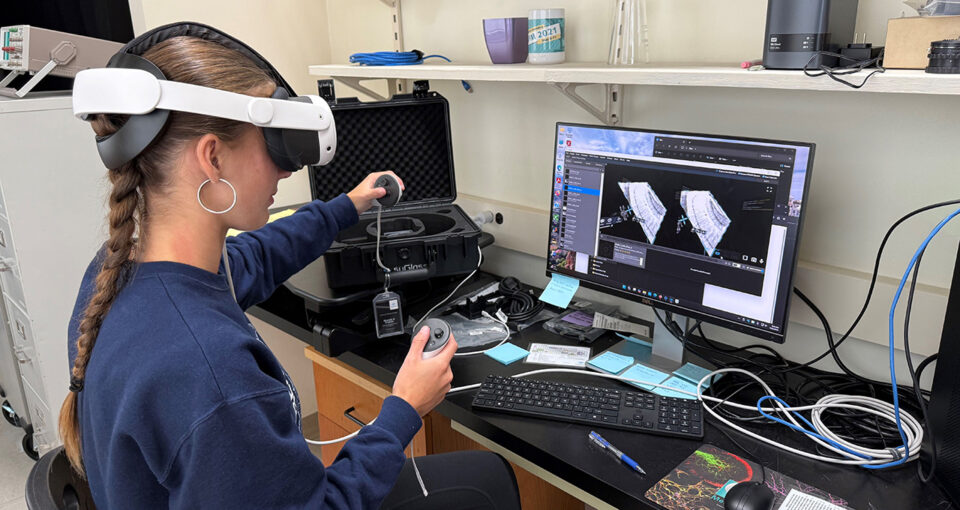
The works of Plato state that when humans have an experience, some level of change occurs in their… Read Article

The works of Plato state that when humans have an experience, some level of change occurs in their… Read Article
The NVIDIA RTX PRO 5000 72GB Blackwell GPU is now generally available, bringing robust agentic and generative AI capabilities powered by the NVIDIA Blackwell architecture to more desktops and professionals… Read Article
Physical AI is moving from research labs into the real world, powering intelligent robots and autonomous vehicles (AVs) — such as robotaxis — that must reliably sense, reason and act… Read Article
Cities worldwide face unprecedented challenges as urban populations surge and infrastructure strains to keep pace…. Read Article
Physical AI models — which power robots, autonomous vehicles and other intelligent machines — must be safe, generalized for dynamic scenarios and capable of perceiving, reasoning and operating in real… Read Article
The future of AI took flight at Starbase, Texas — where NVIDIA CEO Jensen Huang hand-delivered the first DGX Spark to Elon Musk, chief engineer at SpaceX. Amid towering engines… Read Article
Building robots that can effectively operate alongside human workers in factories, hospitals and public spaces presents an enormous technical challenge. These robots require humanlike dexterity, perception, cognition and whole-body coordination… Read Article
Editor’s note: This blog is a part of Into the Omniverse, a series focused on how developers, 3D practitioners and enterprises can transform their workflows using the latest advances in… Read Article
AI and graphics research breakthroughs in neural rendering, 3D generation and world simulation power robotics, autonomous vehicles and content creation…. Read Article